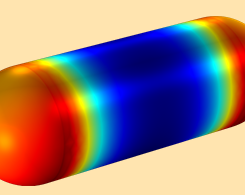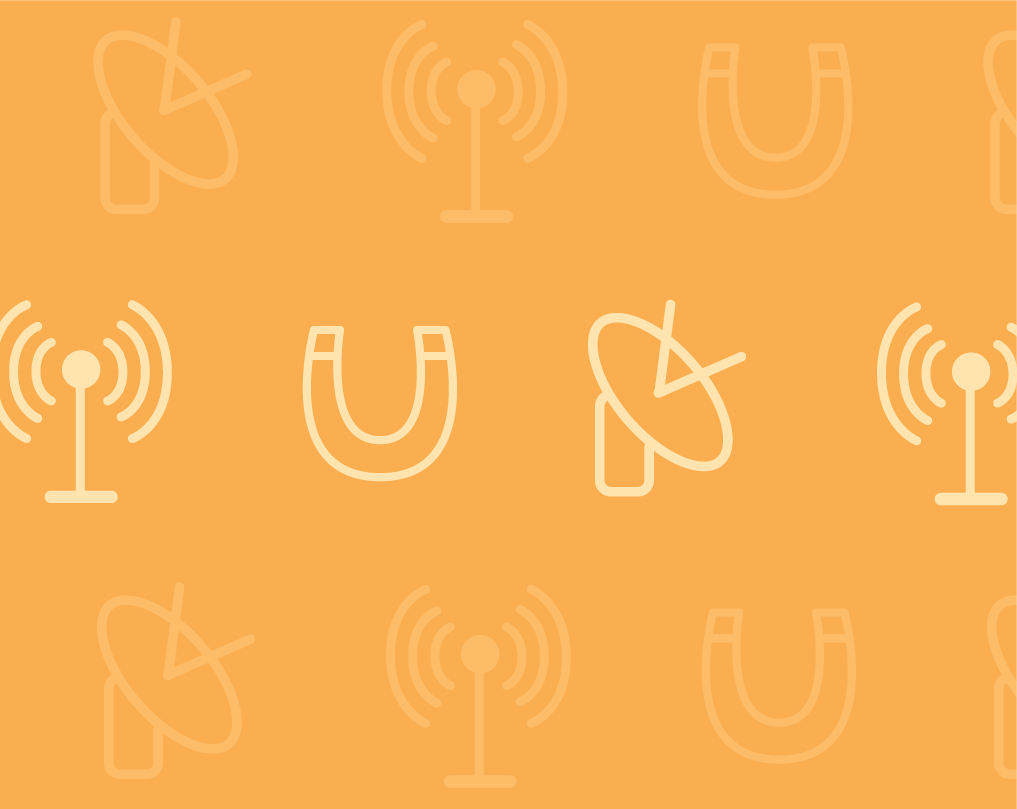Latest Posts

Understanding Classical Gray Body Radiation Theory
Imagine how efficient an incandescent lamp with an infrared suppressing black body filament would be. Alas, classical gray body radiation theory tell us this “dream lamp” is an impossibility…

Validating the Use of Boundary Elements for Magnetostatics Modeling
To validate the boundary element method (BEM) as a viable alternative to FEM for magnetostatics modeling, you can try a 3-part tutorial series of electromagnetic force calculations.

Simulating the Tunneling Current Across a Graded Heterojunction
Interested in semiconductor design? Get an intro to the theory behind quantum tunneling as well as a demonstration of simulating the tunneling current across a graded heterojunction.

Evaluating Transformer Designs with Electromagnetics Simulation
Transformers are used to increase, decrease, and isolate voltage in many different types of devices. EM simulation can be used to evaluate a transformer design, no matter its purpose.

Studying Presbyopia with an Optomechanical Model of the Human Eye
You have to see this multiphysics simulation research: To help combat the effects of presbyopia in aging eyes, Kejako built a 3D optomechanical model of a full human eye.

Happy Birthday, William D. Coolidge
William D. Coolidge was granted a total of 83 patents throughout his life, 2 of which you might find particularly interesting: tungsten filament and the Coolidge tube.

3 Approaches to Modeling Moving Loads and Constraints in COMSOL®
Learn 3 ways to model moving loads and constraints in COMSOL Multiphysics®: using variables, interpolation functions, and paths imported from CAD geometries.

Protecting Aerospace Devices via an Ion-Material Interaction Benchmark
In outer space and other harsh radiation environments, high-energy ions and protons pierce materials and affect nearby electronic systems. Known as a single-event effect (SEE), the particle radiation can lead to soft or hard errors in devices. Since just one hard error puts a space mission at risk, aerospace engineers must make sure that all critical electronic devices can withstand an SEE. To gain a better understanding of this phenomenon, they can accurately analyze the ion-material interaction using simulation.
